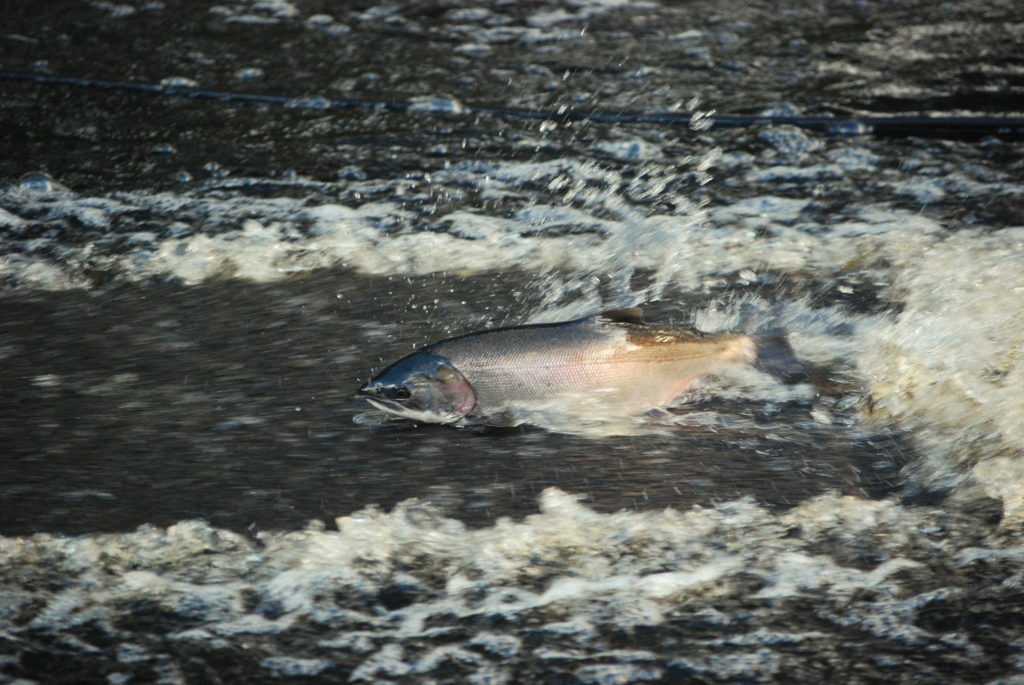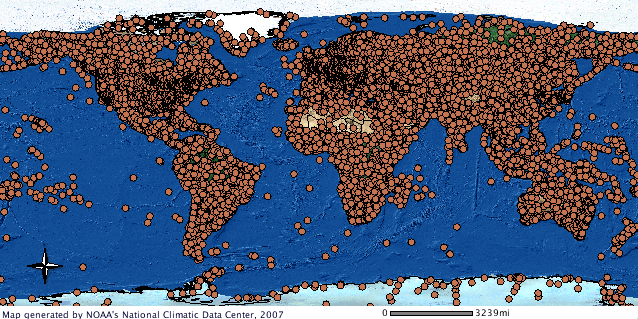When it rains during salmon-spawning season around Seattle, Washington, as many as 90% of the coho salmon arriving in freshwater streams to reproduce will not survive the journey. Local environmental scientists, such as Jenifer McIntyre at Washington State University (WSU; Puyallup) and University of Washington (Seattle) engineering professor Edward Kolodziej, have spent years working alongside federal agencies, utilities, and conservation groups to find out why.
The research team believes they have discovered an answer. A recent article published in the journal Science details their search for the link between heavy storms and salmon mortality, as well as the eventual culprit: an undocumented substance derived from a common ingredient in rubber tires, thought to be ubiquitous in more than 1.5 billion existing vehicles.
Rubber and Rainfall a Deadly Combination
After heavy autumn storms, project partners would routinely observe coho salmon swimming erratically before abruptly dying just hours after rain began to fall. The team knew the rain was affecting stream conditions, making them inhospitable to salmon, but not whether the salmon-killer was a specific contaminant entering streams through runoff or an existing water-quality parameter tweaked too far out of balance.

To answer the question, the researchers collected water samples from many Puget Sound tributaries where salmon die-off had been reported, searching for similarities among their contents.
“We had determined [the die-offs] couldn’t be explained by high temperatures, low dissolved oxygen, or any known contaminant, such as high zinc levels,” McIntyre said in a December statement about the investigation. “Then we found that urban stormwater runoff could recreate the symptoms and the acute mortality.”
All water samples contained a specific chemical signature associated with particles shed from vehicle tires in motion. The samples containing these particles proved fatal to salmon in laboratory exposures. These tire-wear particles, however, can contain hundreds of different substances, all with their own potential environment effects. The research team began the painstaking work of isolating and testing molecules of each individual substance in the tire-wear particles to identify whether a certain contaminant or combination of contaminants was particularly harmful, Kolodziej described.
Finding the Culprit
“We started with a mix of 2,000 chemicals and were able to get all the way down to this one, highly toxic chemical, something that kills large fish quickly and — we think — is probably found on every single busy road in the world,” Kolodziej said.
The most lethal molecule tested did not match anything on record. It contained 18 carbon atoms, 22 hydrogen atoms, two nitrogen atoms, and two oxygen atoms, and killed salmon within five hours of exposure to concentrations as low as 0.8 micrograms per liter. Its closest known relative is known as 6PPD, a type of automotive-industry standard preservative used to prolong the life of vehicle tires.
According to the study, evidence suggests that the culprit substance — named 6PPD-quinone — forms when 6PPD molecules in tire-wear particles interact with the ozone produced when vehicle emissions react with sunlight. Precipitation brings 6PPD-quinone into waterways, where even trace exposures can cause acute salmon mortality.
Lingering Mysteries
Effective stormwater treatment technologies exist to keep 6PPD-quinone out of waterways, the researchers note. However, additional sampling campaigns undertaken in Los Angeles and San Francisco revealed the chemical’s presence in similar quantities as Seattle, suggesting that the chemical is not limited to merely a few, isolated roadways. A more realistic remediation approach, described Kolodziej, would be to develop an alternative, salmon-safe preservative for rubber tires.

“Tires need preservative chemicals to make them last,” he said. “It’s just a question of which chemicals are a good fit for that and then carefully evaluating their safety for humans, aquatic organisms, etc. We’re not sure what alternative chemical we would recommend, but we do know that chemists are really smart and have many tools in their toolboxes to figure out a safer chemical alternative.”
Although the successful identification of 6PPD-quinone concludes several years of scientific investigation, the project team notes that several questions remain. Previous research has documented the coho salmon’s unique vulnerability to stormwater contaminants, meaning the species could be understood as a type of “canary in the coal mine,” or sentinel species, for runoff pollution.
“How does this quinone lead to toxicity in coho? Why are other species of salmon, such as chum salmon, so much less sensitive?” McIntyre asked. “We have a lot to learn about which other species are sensitive to stormwater or 6PPD-quinone within, as well as outside, of the Puget Sound region.”






